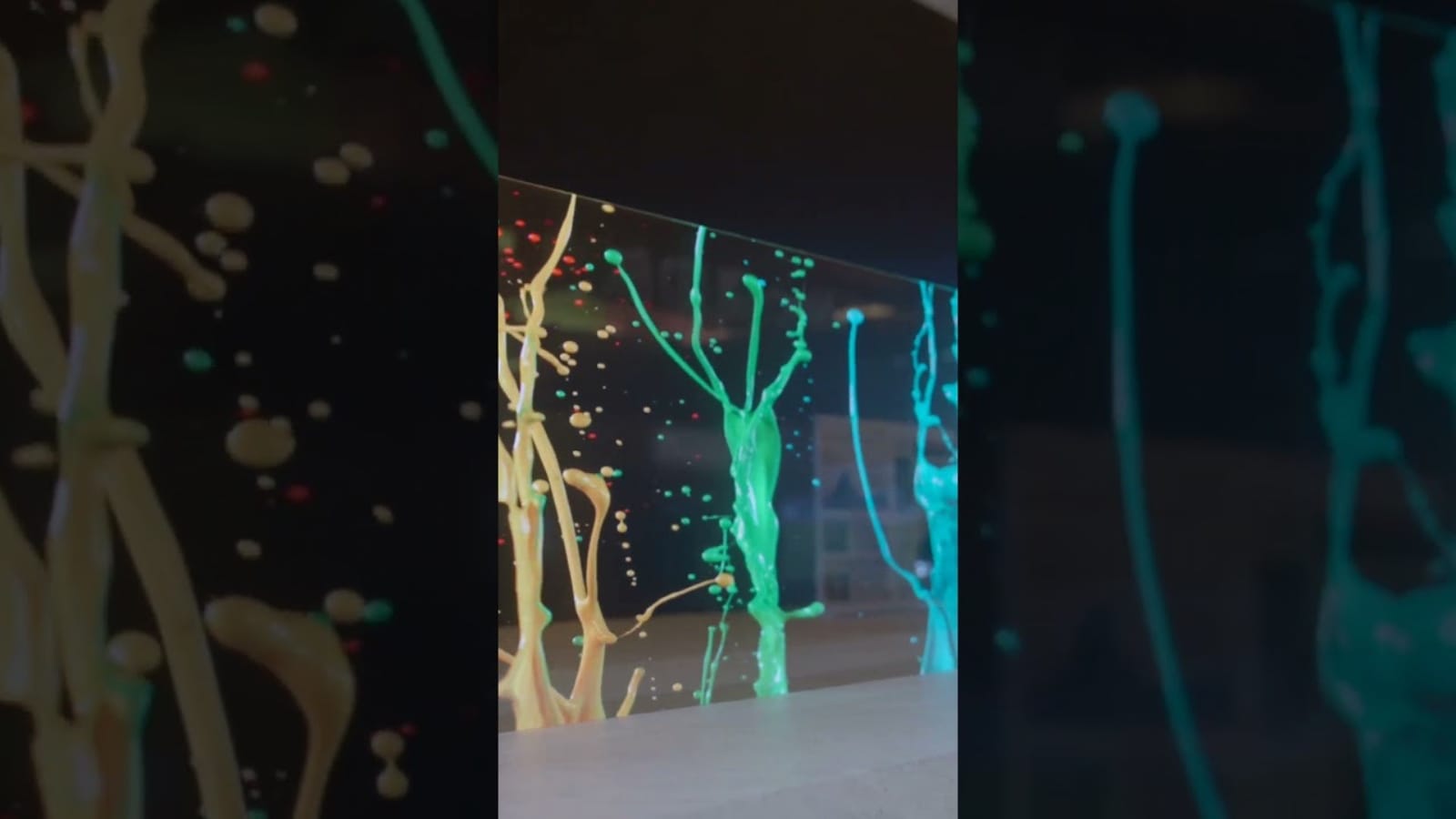Samsung Unveils Transparent MICRO LED display
Samsung Electronics has unveiled its revolutionary transparent MICRO LED display at the Consumer Electronics Show (CES) 2024, blurring the boundaries between content and reality.

Samsung Electronics has unveiled its revolutionary transparent MICRO LED display at the Consumer Electronics Show (CES) 2024, blurring the boundaries between content and reality. This groundbreaking technology promises to revolutionize the way we interact with screens, offering a seamless blend of digital experiences and the physical environment.
The transparent MICRO LED features an ultra-thin glass substrate that allows light to pass through, creating a visually captivating image that seamlessly integrates into the surroundings. The display's high resolution and precision manufacturing process ensure that images remain crystal-clear and sharp, even when viewed from multiple angles.
Samsung's transparent MICRO LED boasts a modular design, allowing users to seamlessly connect multiple displays to create expansive walls or immersive installations. This flexibility enables users to customize the shape, size, and aspect ratio of their displays to match their specific needs and preferences.
The potential applications of transparent MICRO LED are vast, encompassing a wide range of industries, including:
- Retail: Interactive retail displays that showcase products, promotions, and brand messaging while blending seamlessly into the store environment.
- Entertainment: Captivating home theater setups that elevate viewing experiences and showcase the brilliance of this innovative technology.
- Museums and Exhibits: Interactive exhibits that bring artifacts and exhibits to life, enhancing learning and engagement.
- Corporate Offices: Eye-catching showpiece displays that showcase products, brand identity, and corporate culture.
With the launch of its transparent MICRO LED display, Samsung has once again set the benchmark for innovation in the display industry. This groundbreaking technology has the potential to transform the way we interact with screens, blurring the lines between digital content and the physical world.

